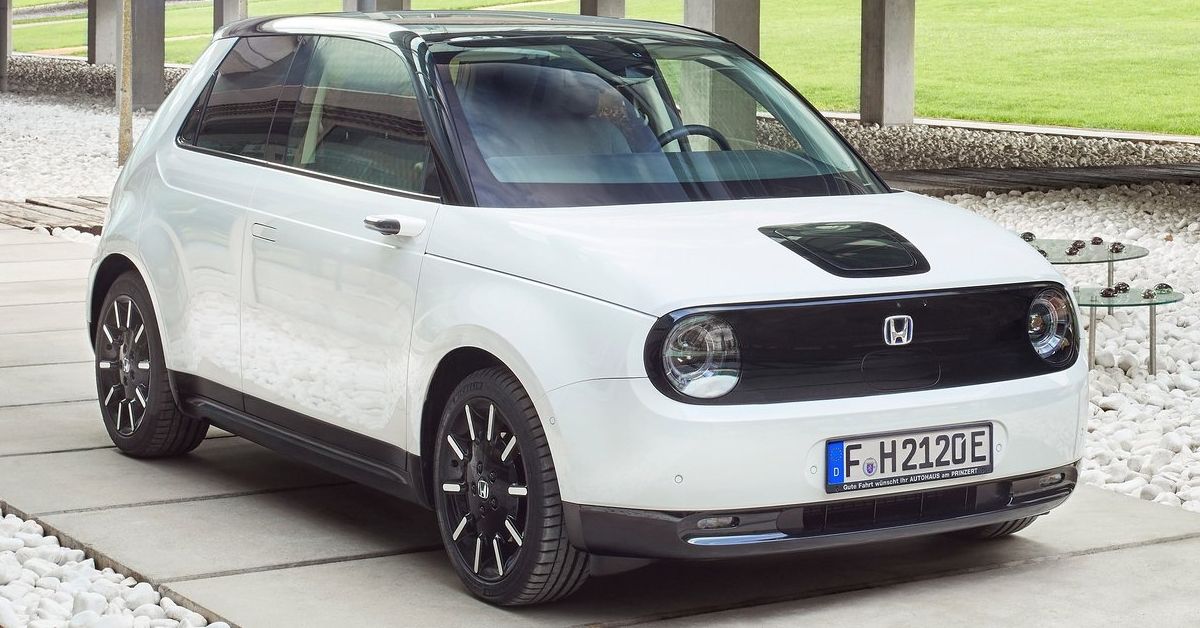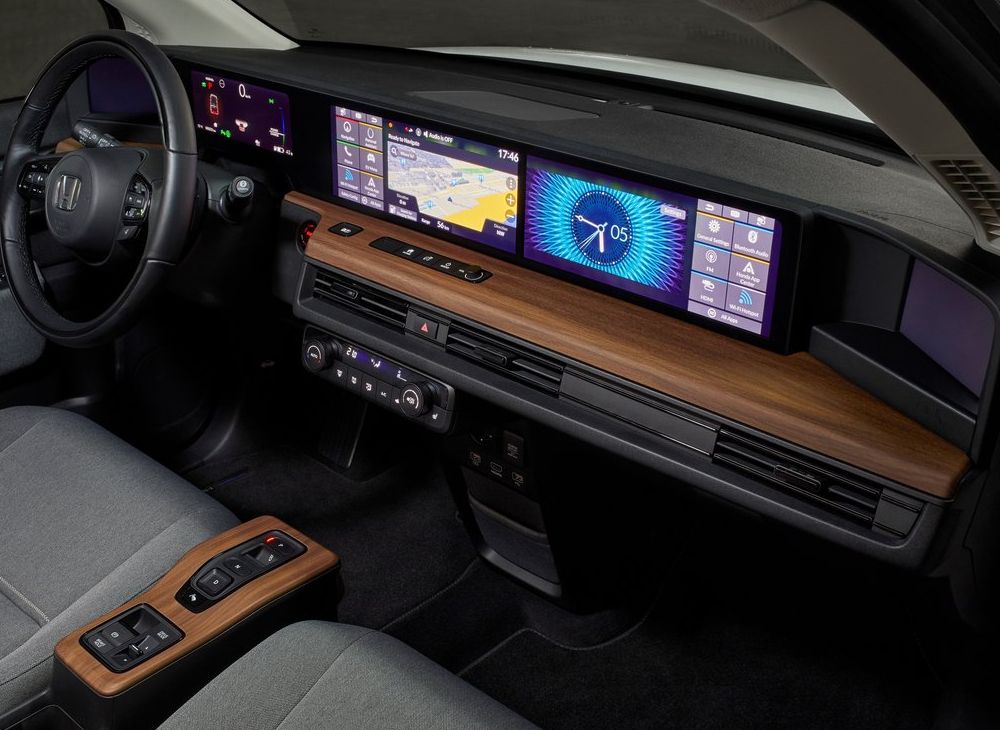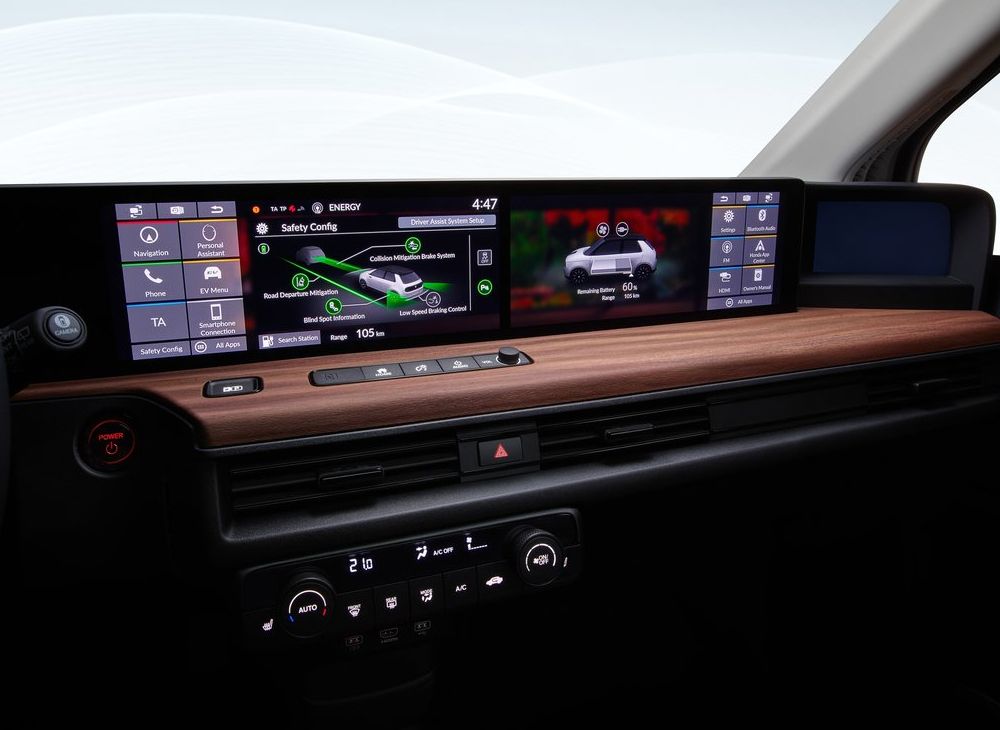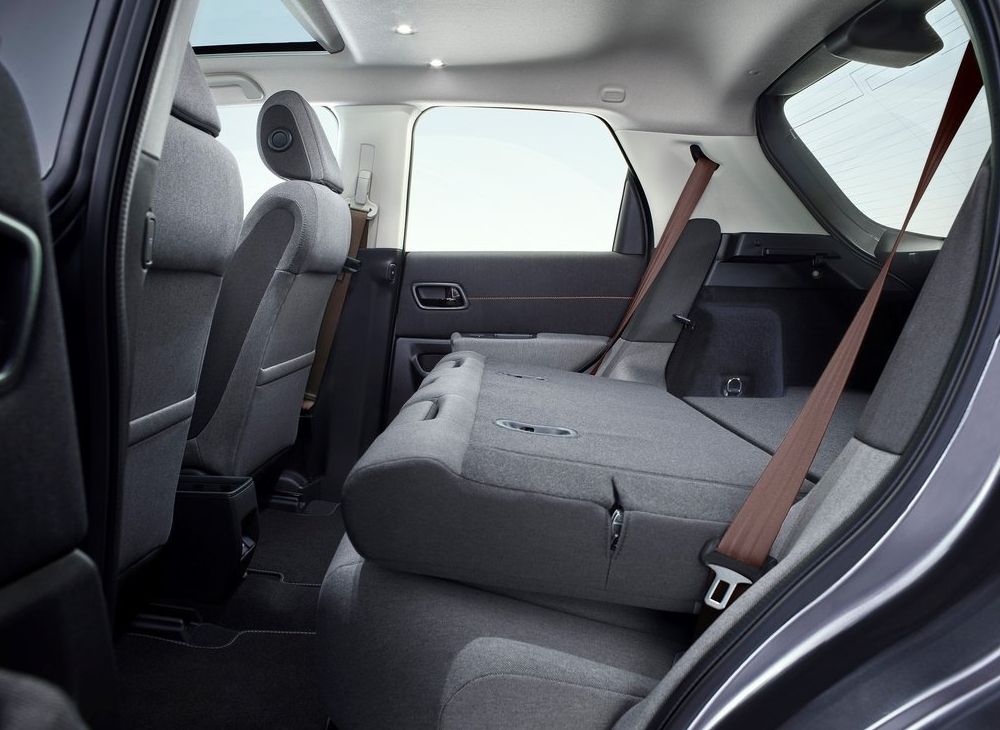The Honda e is an amazing all-electric vehicle. When Honda presented it as a concept car, it looked like a million dollars. However, in the cold light of day, while trudging to the off-license or running errands, the production version lacks some of that luster.
Even so, it's a commendable effort and unquestionably more attractive on the exterior than the great majority of other compact EVs now on the market – such as the Renault Zoe, Mini Electric, and Mazda MX-30.
The Honda e was initially offered with either 134 or 152 horsepower, but Honda has since discontinued the less potent type. The remaining model has a 35.5 kWh battery and a modest 137-mile range, which Honda believes will be more than adequate for city dwellers. It takes just 30 minutes to charge it from 10% to 80% using a quick charger, or six hours to charge it from 10% to 80% using a standard 7 kWh charger at home.
Although it saves on fuel costs (because it’s all-electric) it’s a bit expensive compared to EVs of the same size. However, that’s beside the point. Instead, let’s have a look at the Honda e’s remarkable cabin.
The Honda e Possesses An Impressively Comfortable And Surprisingly Spacious Interior
The cabin is simply awesome. It's appropriately expensive and, perhaps, represents a big improvement for the Honda brand in terms of refinement and build quality. However, the innovative, screen-heavy design is what stands out the most. It seems as though you have accidentally entered a computerized version of Roppongi in central Tokyo.
Honda designed the interior to give off the impression that you are in a lounge. The wall-to-wall screens and wood trim go well with the light gray cloth seats to provide a unique ambiance. The seats have the right amount of comfort, and the brown seatbelts are more fascinating than the black ones.
The car also has a few more interesting features, like a two-spoke steering wheel and a cup holder that extends with a leather strap. Surprisingly, the interior feels airy. The combination of such lightweight materials, wide windows, and a standard-fit sunroof makes this possible. A sizable flat area between the foot wells of the front seats and the absence of a transmission tunnel add to its airy sense.
Honda mounts the few switches (P, R, N, and D) required for regular driving on a wooden fascia between the front seats. It's clean, beautiful, and greatly streamlines driving without seeming harsh. This is an outstanding job by Honda.
The Tech In The Honda e Is What Actually Stands Out
Honda hasn't held back with the amount of technology on board, despite the fact that this is merely a city car. The first thing you'll notice is the dashboard's whole width of wall-to-wall digital widescreens.
One TFT display in front of the steering wheel and two 12.3-inch displays that manage all the major features, including the radio and navigation, are neatly positioned across the dashboard's "shelf."
The digital dial setup in the Honda e, like many others, provides all trip computer features, efficiency data, and a clever read-out. The clever read-out can depict you driving down the road, with animations of the car as you stop, indicate, and come across other vehicles. In this way, it resembles the Tesla display quite a bit.
The center-mounted primary infotainment screen is sizable and clear without being overly sophisticated. Large tiles make it simple to interact with while moving. Features like Apple CarPlay and Android Auto are also accessible.
The best feature is the ability to convey information from this primary display to the passenger's front display and vice versa. This is helpful if you wish to play around with any other systems while using the sat-nav. The system is extremely user-friendly. There are also some interesting customization options that let you alter the wallpaper or even arrange the screens so that they resemble an aquarium. It's quite nice to see Honda make such a significant change to its infotainment systems.
The standard-fit digital door mirrors are one of the most bizarre digital elements. Only small camera pods transmit their picture to displays in the corner of the dashboard – there are no actual mirrors.
Although the screen resolution on the rearview mirror is digital as well, you must adjust your vision to see it clearly. The view might potentially become entirely fogged up by rain and sprinkling. If it's acting up, at least you can switch it back to a regular mirror.
The Honda e Has Flexible Trunk Space
Inside the Honda e, flexibility was a design goal. With the back seats up, there are just 171 liters of space in the trunk (about the same as a Fiat 500). However, one can create more room (861 liters) by folding down the back seat. This is to provide additional storage for baggage and other bulky objects. This is a respectable amount if you sometimes use it as a two-seater.
Sources: Honda, Parkers, Carwow, Tesla, Apple




